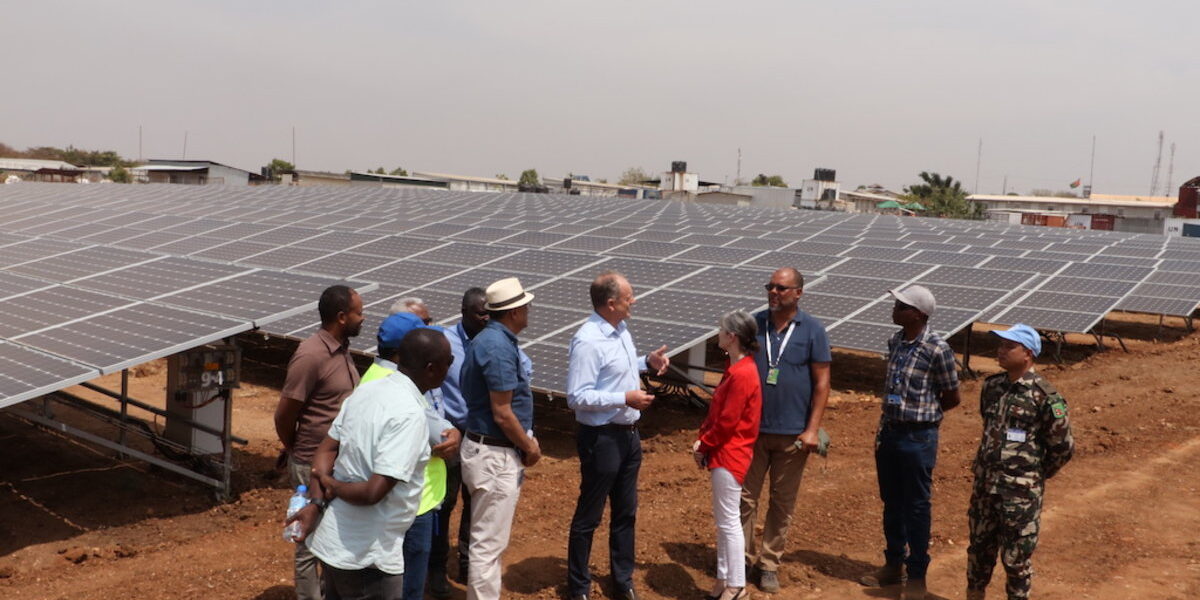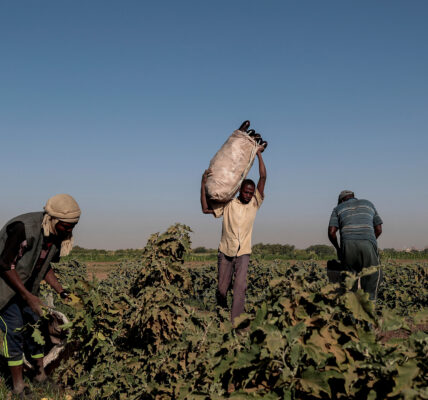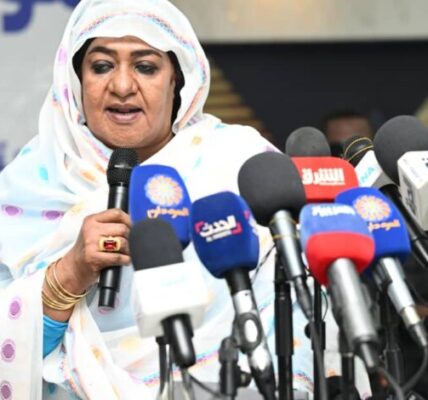The global shift to renewable energy is primarily climate-driven, but Sudan’s motivations differ due to its minimal climate footprint, which is less than 0.05% according to the International Energy Agency. Engineer Jaafar Ahmed Khalifa emphasizes that Sudan’s transition should be guided by national strategic drivers rather than global climate concerns. Despite the ongoing war, which he describes as a temporary circumstance, Sudan has the opportunity to develop a renewable energy strategy that enhances national security and economic stability.
The national security driver stems from Sudan’s heavy reliance on fossil fuels, which constitute 88% of energy consumed in key sectors like transportation, electricity generation, and agriculture. Sudan imports significant portions of transport fuel and cooking gas, making the country vulnerable to geopolitical conflicts that threaten oil transport routes. Transitioning to renewable energy could provide energy independence and reduce susceptibility to external shocks, thereby strengthening national security.
Economically, renewable energy offers substantial cost savings. Sudan has abundant local resources for solar, wind, and other renewable sources, reducing the need for expensive fossil fuel imports. Solar energy, in particular, is economically viable due to the high solar radiation levels in the country. Moreover, Sudan has the potential to produce and export green hydrogen and green ammonia, which can support fertilizer production and generate significant revenue while saving foreign currency.
Dr. Jaafar Ahmed Khalifa stresses the importance of a national renewable energy plan, which would serve as a driver for economic development and international cooperation, similar to the role oil played in the 20th century. He warns that delays could leave Sudan dependent on cheap, low-quality imported renewable equipment, increasing the fossil fuel import burden. The war has also severely damaged electricity infrastructure, with losses estimated at $180–200 billion directly and $500 billion indirectly, highlighting the urgency for alternative energy solutions.
Sudan has significant renewable energy potential beyond solar, including wind, geothermal, and bioenergy. Wind speeds west of Omdurman and near El Fasher could support large-scale wind farms capable of producing thousands of gigawatt-hours annually. Geothermal resources exist in six sites, notably in Jebel Marra and the Red Sea Mountains. Additionally, ethanol production from sugarcane and corn offers prospects for green hydrogen and local fuel alternatives, further diversifying energy sources.
Engineer Jaafar Ahmed Khalifa concludes that planning for renewable energy is a strategic necessity rather than a luxury. While security concerns dominate current priorities, establishing policies and frameworks does not require immediate financial outlay, only intellectual effort. He advocates for government incentives, smart partnerships with friendly countries, and localizing the production of solar panels, batteries, and transformers to harness Sudan’s renewable energy potential and secure long-term energy independence.






